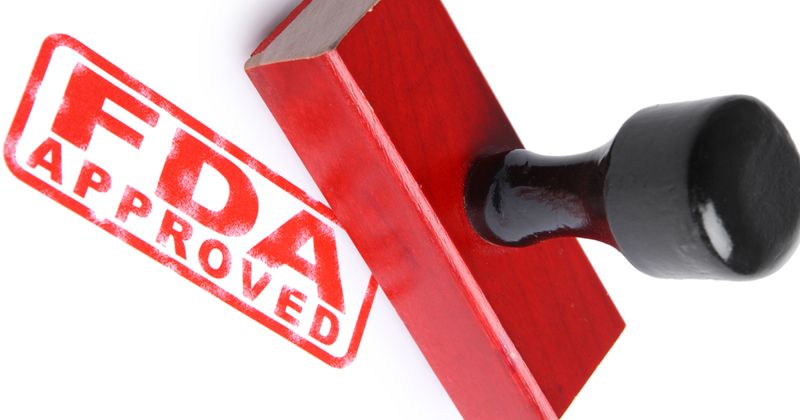FDA approves CV version of colchicine for patients with residual inflammatory risk
Key takeaways:
- A 0.5 mg dose of colchicine has been approved for use in high-risk patients who have inflammatory risk.
- The dose is the same as that used in two successful trials, but it had not been available in the U.S.
Agepha Pharma announced that the FDA approved a 0.5 mg dose of colchicine for reduction of CV events in patients with atherosclerotic CVD or multiple CV risk factors who have residual inflammatory risk.
The 0.5 mg dose of colchicine (Lodoco) is the first anti-inflammatory agent approved as an atheroprotective CV treatment, according to a press release issued by the company.

Image: Adobe Stock
The approval enables colchicine to be used alone or in combination with lipid-lowering therapy, according to the release.
Colchicine, an anti-inflammatory drug commonly used for conditions such as gout, compared with placebo was associated with reduced risk for ischemic CV events in patients with recent MI in the COLCOT trial and reduced risk for CV events in patients with chronic coronary disease in the LoDoCo2 trial. It is contraindicated in patients with chronic kidney disease (CKD) because it is excreted by the kidneys.
Major risk reduction

“LoDoCo2 showed a 31% relative risk reduction and COLCOT a 23% relative risk reduction. Both of these are larger than what the PCSK9 inhibitors are delivering,” Paul M. Ridker, MD, MPH, the Eugene Braunwald Professor of Medicine at Brigham and Women’s Hospital and Harvard Medical School, told Healio. “These data were published in The New England Journal of Medicine, but no one is using the drug. We have to ask some questions about why.”
One issue, he said, is that the studies were conducted with an 0.5 mg dose of colchicine, but until now, the lowest FDA-approved dose was 0.6 mg.
“You may say it doesn’t sound like a big difference, but it actually is,” Ridker told Healio. “A 20% difference in dose on a cumulative basis for a drug with a relatively narrow therapeutic window, particularly if you inadvertently give this to a person with CKD, is going to be a problem. Even though some of us are treating with colchicine, we are currently stuck using a dose that wasn’t used in the trials, which is not a good idea.”
Patients with residual risk
Other reasons why colchicine has not been widely adopted for use in U.S. patients at high CV risk include “poor physician education, limited knowledge [and] no major pharmaceutical backing for this drug,” Ridker told Healio. “It is inexpensive and has been around for a long time. I am giving colchicine to my ‘frequent flyers’: The patients who just keep coming back. Every cardiologist has a group of patients in their clinic who, despite aggressive LDL lowering [and] multiple angioplasties, they just keep coming back. A lot of them have high [C-reactive protein levels], so if the CRP is high, I am starting to put them on colchicine. It’s quite safe except in chronic kidney disease and chronic liver disease. It’s inexpensive and it works. But very few of my colleagues are doing it, and that’s unfortunate. That is just the nature of health care.”
As Healio previously reported, at the American College of Cardiology Scientific Session in March, Ridker presented a study showing that in high-risk patients on statin therapy, residual inflammatory risk as assessed by high-sensitivity CRP better predicted CV events and death than residual cholesterol risk as assessed by LDL.
The new dose is expected to be available in the second half of 2023, according to the release.
References:
- Nidorf SM, et al. N Engl J Med. 2020;doi:10.1056/NEJMoa2021372.
- Ridker PM, et al. Lancet. 2023;doi:10.1016/S0140-6736(23)00215-5.
- Tardif JC, et al. N Engl J Med. 2019;doi:10.1056/NEJMoa1912388.
